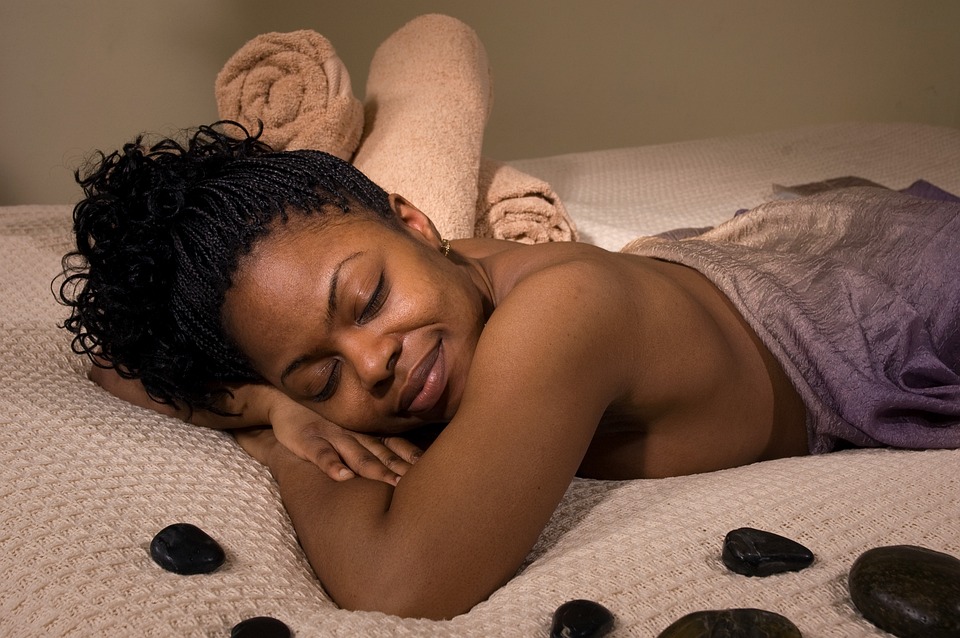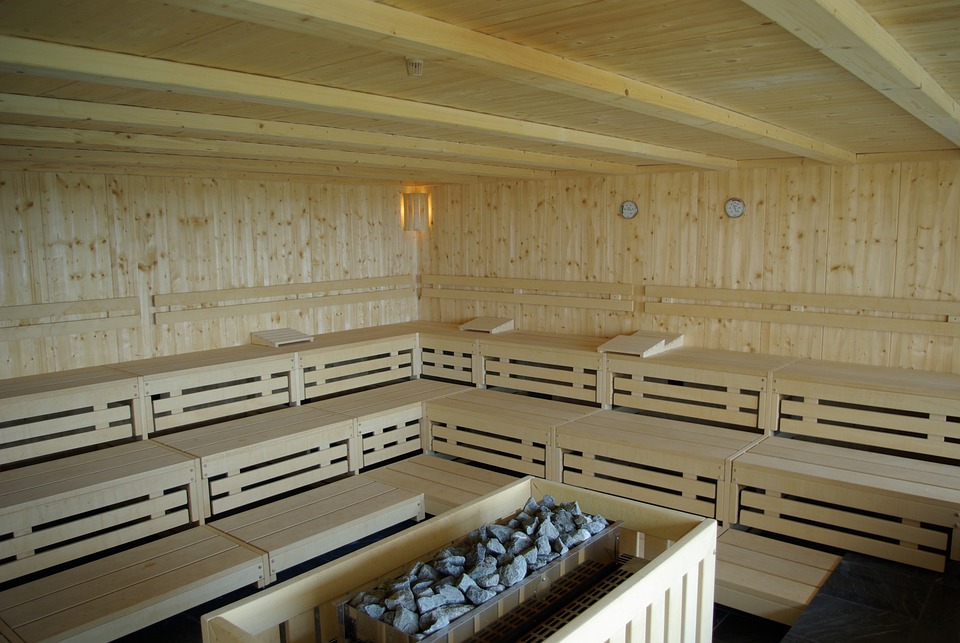Are you tired of the same old recipes that leave you feeling sluggish and unsatisfied? It’s time to elevate your culinary skills and nourish your body with these easy and healthy recipes that are sure to impress your taste buds. From vibrant salads to hearty soups, these dishes are packed with nutrients and flavor to keep you feeling energized and satisfied.
Let’s start with a refreshing and nutrient-packed Rainbow Salad. This colorful dish is not only visually appealing but also rich in vitamins and antioxidants. Simply toss together a variety of fresh veggies such as bell peppers, cherry tomatoes, carrots, and cucumbers, and top it off with a zesty lemon vinaigrette. This salad is a great way to get your daily dose of veggies and brighten up your meal.
Next up, we have a hearty and comforting Lentil Soup. This soup is not only delicious but also incredibly nutritious. Lentils are packed with protein and fiber, making this dish a satisfying and filling option for any meal. Simply simmer lentils with onions, carrots, celery, and a blend of spices for a flavorful and nourishing soup that will keep you warm on chilly nights.
For a satisfying and protein-packed dinner option, try making a Quinoa Stuffed Bell Pepper. Quinoa is a complete protein, meaning it contains all nine essential amino acids your body needs. Mix cooked quinoa with black beans, corn, tomatoes, and spices, then stuff the mixture into bell peppers and bake until tender. This dish is not only delicious but also a great way to incorporate more plant-based protein into your diet.
Finally, don’t forget to indulge your sweet tooth with a guilt-free dessert like Chia Seed Pudding. Chia seeds are rich in omega-3 fatty acids and fiber, making them a great addition to any diet. Simply mix chia seeds with your choice of milk, sweetener, and flavorings like cocoa powder or vanilla extract, then let it sit in the fridge overnight to thicken. Top with fresh berries or nuts for a nutritious and delicious treat.
By incorporating these easy and nourishing recipes into your meal rotation, you’ll not only elevate your culinary skills but also nourish your body with nutrient-dense ingredients. Say goodbye to boring and bland meals, and hello to vibrant and flavorful dishes that will keep you feeling your best. Your taste buds and your body will thank you!









